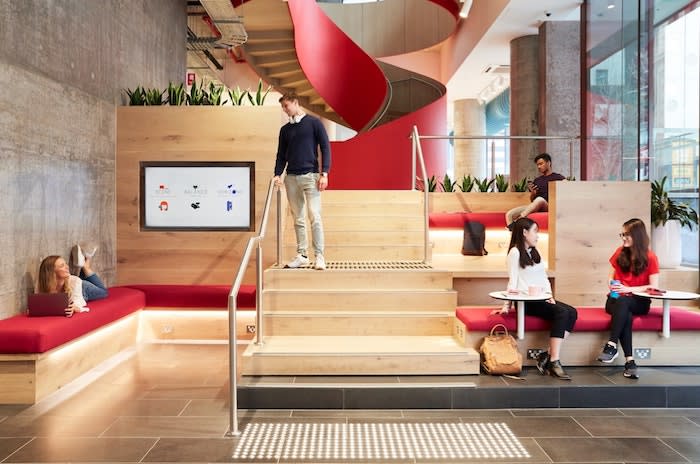Co-living emerging as new global property trend
A new global inner city metropolitan housing trend has arrived in Australia with full force which may assist to solve some of Sydney's housing shortages and affordability constraints.
Compact co-living dominated by young professional residents often from the start-up, creative, financial or professional sectors has become an emerging property sector, reports recent Savills Australia research.
Many occupants earn above the national average income, making them ideal prospective tenants for housing that mixes high quality rental rooms with communal lifestyle spaces.
Tertiary students have long sought co-living most recently in pod-style micro-apartments.
But the purpose built graduate, young professional city dweller accommodation is seen as a new rung, a step up from high quality purpose built student accommodation.
With the latest offering in a Paddington terrace house, there is no one size fits all approach in creating spaces for these community inspired, experience orientated young renters.
The research shows that co-living is on the rise, emerging in key cities such as San Francisco, New York, London, Hong Kong, Tokyo and Singapore.
The top five co-living hotspots in Sydney, according to the Savills report, are Waterloo-Beaconsfield, Parramatta-Rosehill, Potts Point-Woolloomooloo, Redfern-Chippendale, Sydney-Haymarket-The Rocks.
These are followed by Newtown-Camperdown-Darlington, Pyrmont-Ultimo, Surry Hills, Bondi Beach-North Bondi, and Erskineville-Alexandria.
Leading the way are UKO, Hmlet, Zuu.
One runs everything from movie nights, yoga in the courtyard, to gin making workshops!
They have been reporting full $500 a week occupancy, highlighting demand for their product that comes with bicycle parking, roof top terraces, outdoor cinema screens, shared laundries, barbeques, pools and kitchens.
The properties often fall under the next-generation boarding house code, so occupants typically sign a membership agreement instead of a lease.
“What’s interesting is that there is no one size fits all approach in creating spaces, as experienced in the student accommodation sector,” according to direct of student accommodation at Savills Australia, Conal Newland.
Sydney and Melbourne dominate emergence of the sector at scale in Australia as analysis shows that 88 of the top 100 regions for investment and development are located across these two global gateway cities with strong international student prescence.
In Melbourne, the top co-living hotspots are the Melbourne CBD, Richmond, Southbank, South Yarra East, St. Kilda, Prahran-Windsor, Brunswick, North Melbourne, Nawthorn, and Carlton.
"As development costs and relative housing unaffordability continues its upward trend in Australia's capital cities, co-living options will only mature and success," said Newland.
"Co-living is a viable need, and it's going to become more and more of a necessity over time," said Mr Newland.
Some co-living operators are looking to be leaseholders with others fully developing and owning the real estate and operations.
The high-quality rental rooms on short-to long-term leases generally operate under the boarding house regulations.
Across Australia, 1.46 million 25 to 35 year olds rent, reports Savills.
Nationally, over 250,000 25 to 34 year olds live on their own.
For this demographic in particular, co-living offers social interactions, wellbeing and experience, alongside privacy in your living space and beautiful, sophisticated building designs, said Paul Savitz at Savills Australia.
He said government policy is pivotal in attracting ongoing investment.
"Australian lawmakers should be mindful of passing legislation that may reduce the attractiveness of investments into new housing typologies which are more suited to generations with different preferences," Mr Savitz notes.
This article first appeared in The Daily Telegraph.
